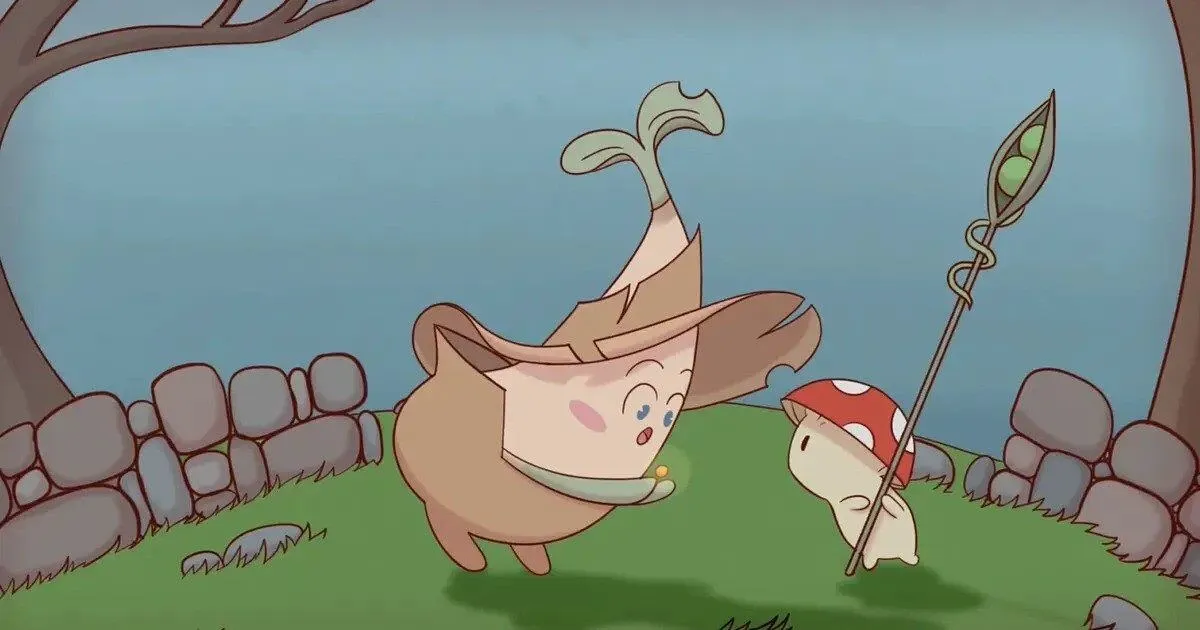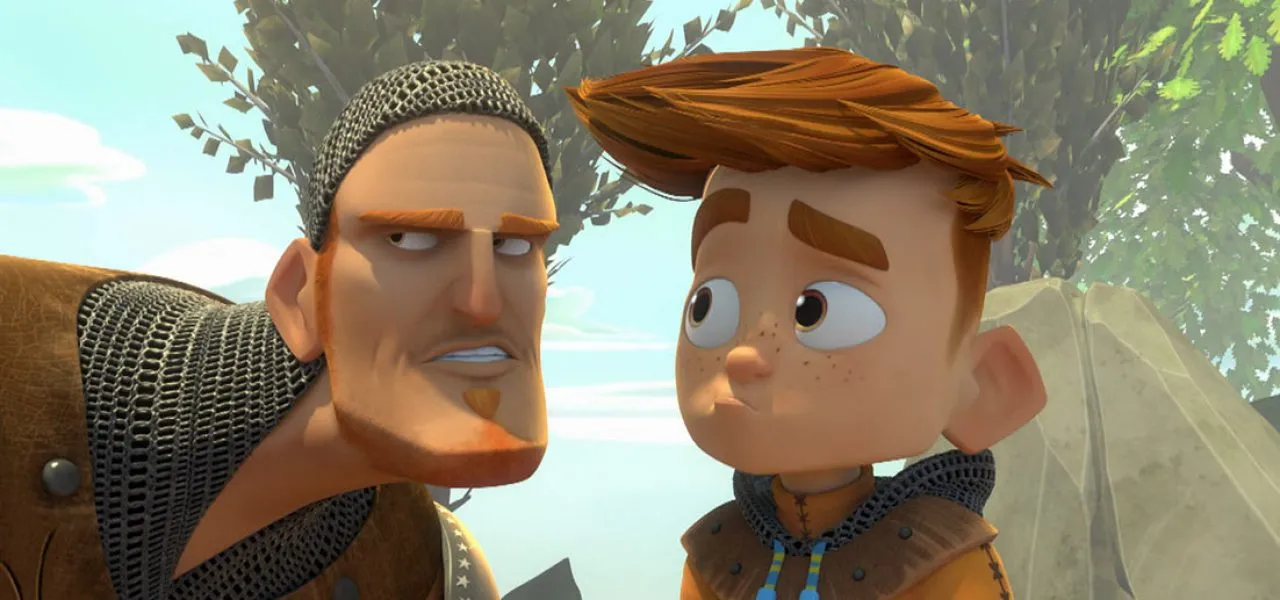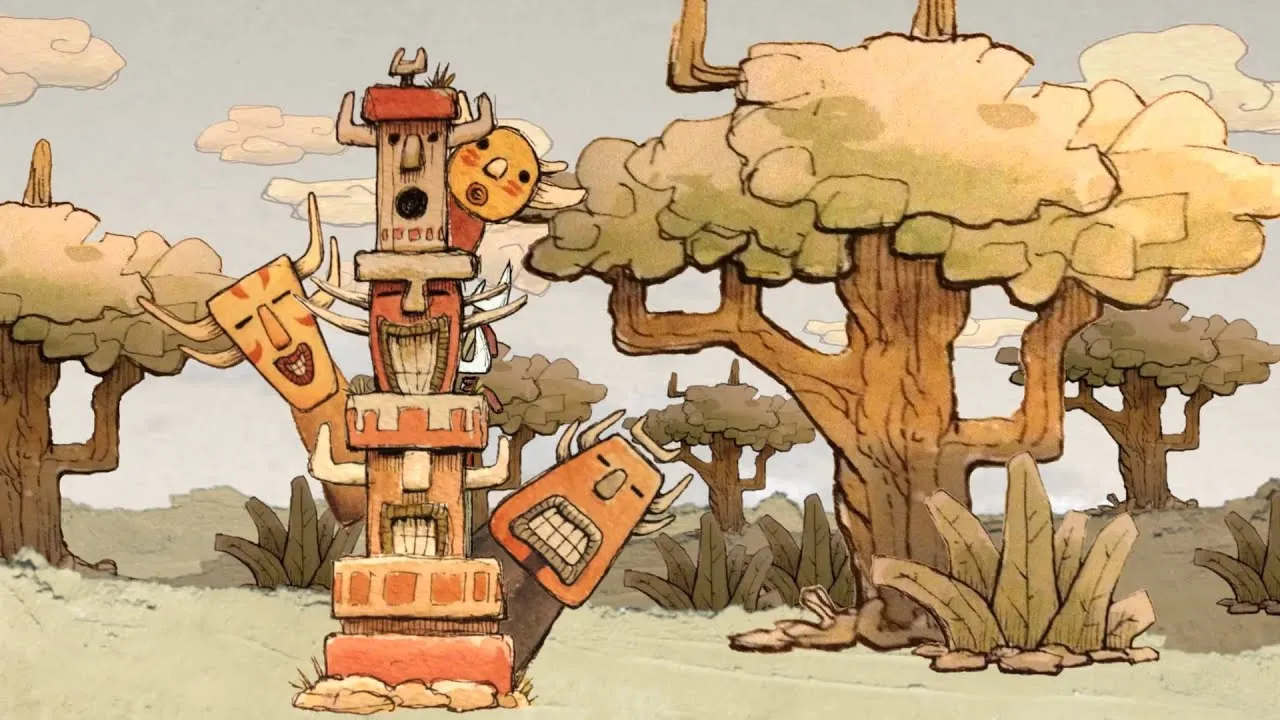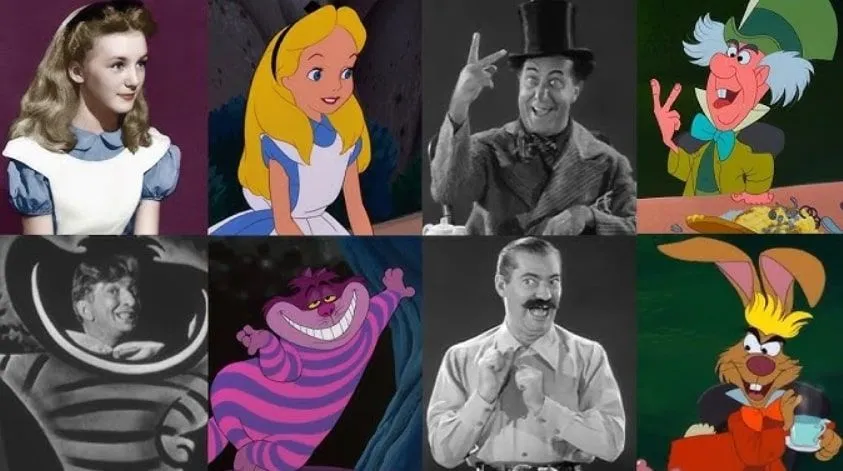Animations are like music for our eyes.
Every frame has a different note, and each movement is a melody. You can break the silence into rhythms and bring motions to still images. Whether traditional or digital, each style has a unique tune and a new story hidden within. A different picture is seen from each angle. In this guide, we will explore the types of animation styles and discover the creativity that brings motions to life.
When Did This Begin and How?
Before we move on to the details and delve into different animation styles, we must understand the story behind its roots. The journey began with simple sketches on paper. Over time, it has transformed into digital masterpieces that dominate our lives. The growth is driven by technology, passion, and storytelling.
Kinds Of Animations
1. Traditional Animations

You will often hear them as hand-drawn animations—one of the oldest forms of animation. Artists create individual frames using their hands. Later, these are compiled to create fluid motion.
Best for:
- Nostalgic or classic themes are used when designing different types of cartoon styles.
- Those projects that require intricate, detailed artworks.
- Storytelling journey with a timeless feel.
Examples:
Disney’s “Snow White and the Seven Dwarfs.”
Studio Ghibli films like “Spirited Away”.
2. 2D Animation

When you are involved in the creation of these animations, your goal is to create characters, backgrounds, and scenes using two-dimensional space. Your audience will view them in cartoons, explainer videos, and advertisements.
Various techniques are employed in 2D animations. Let’s compare them.
| Technique | Style Type | Production Time | Visual Quality | Common Usage |
| Hand-Drawn | Traditional Art | Long | High | Feature Films, TV Cartoons |
| Vector-Based | Digital | Moderate | Clean | Web Animations, Ads |
| Cut-Out | Simplified | Short | Moderate | Comedy Shows, Short Films |
| Rotoscoping | Hybrid | Long | Realistic | Music Videos, Indie Films |
Best for:
- They are simple and work well with straightforward storytelling.
- The projects with stressful deadlines and tight timelines.
- Educational content and tutorials.
Examples:
- The famous TV shows like “The Simpsons”.
- The explainer videos.
3. 3D Animations

To create life-like characters and environments, 3D animation is the top priority. You are provided with the highest quality of realism. The audience will find them in films, video games, and virtual reality.
Best For:
- When creating high-budget films and commercials.
- Video games and VR experiences.
- Projects requiring realistic visuals.
Examples:
- Pixar films such as “Toy Story”.
- Video games like “Fortnite”.
4. Motion Graphics

With a focus on creating dynamic graphic elements, such as text, shapes, and images, motion graphics is one of the animation styles that can fulfill your needs. Often found in title sequences, promotional videos, and infographics.
What do they work best for?
- Corporate presentations and pitches.
- Data visualization and infographics.
- The identity of the brands and logo animations.
Examples:
- The film title sequences.
- Animated Infographics.
According to the Animation Production Market: Embracing AI Innovation and Global Creative Expansion report, this graph illustrates the rise of animated content in films, gaming, advertising, and streaming platforms.
5. Stop Motion Animation

Apart from other types of animation styles, the stop-motion animations involve photographing objects frame by frame, making adjustments between the shots. The frames are played in a sequence, just like presentations, to create movement.
| Type | Pros | Cons |
| Claymation | Highly expressive visuals | Time-consuming production |
| Puppet Animation | Realistic textures | Complex puppet setup |
| Object Animation | Budget-friendly and creative | Limited motion range |
| Pixilation | Unique and experimental style | Requires precise timing |
Ideal place to use them
- In quirky and unique visual styles.
- In those projects that benefit from tangible, handmade aesthetics.
- In artistic and experimental storytelling.
Example:
- Aardman Animations like “Wallace & Gromit”.
- Wes Anderson’s “Fantastic Mr. Fox”.
6. Whiteboard Animation

Have you ever witnessed a teacher in a tech-friendly classroom drawing and explaining complex ideas to students? The whiteboard animation is one of the styles of animation. You have the opportunity to use the board engagingly.
Ideal for?
- Use in educational and instructional content.
- You can narratively explain complex ideas and concepts.
- Designing marketing and sales presentations.
Examples:
- Educational YouTube channels.
- A business setup explaining videos defining their models and products.
7. Cutout Animation

Cutout animations include creating characters and scenes using flat materials such as paper or fabric. Although it is similar to the traditional one, the primary difference is that it utilizes shapes instead of drawings.
Best for:
- All those projects that require unique and handmade aesthetics.
- Content for children and all the educational videos.
- Narrating short and simple stories.
Examples:
- Different children’s TV shows.
- South Park.
8. Rotoscoping

One of the techniques involves tracing animations over live-action footage frame by frame. This helps in creating realistic motion while maintaining an animated look.
Can be best used in:
- All the projects that require realistic movement.
- Artistic and experimental films.
- Music videos and art installations.
Most commonly found in:
- Music videos such as “Take on Me” by a-ha.
- “A Scanner Darkly” by Richard Linklater.
Where will we see the animations in the future?
With technology constantly evolving, the future of animation is growing dynamically. Some of the popular animation styles, including Artificial Intelligence, Virtual Reality, and Augmented Reality, are reshaping the way creators work. These changes are allowing deeper immersion and faster production while preserving the artistic touch. What is predicted?
- AI-assisted animations will speed up the frame generation and style adaptation.
- The virtual reality (VR) will offer immersive and interactive storytelling experiences.
- Augmented Reality (AR) will blend animation with the real world for more engaging campaigns.
- The game engines, such as Unreal, will produce film-quality visuals in no time.
The Final Comment
Choosing the right animation style is a crucial step towards the success of your project. Whether you need realism through 3D animations or something as simple as 2D animations, understanding the options will help you make an informed decision.


